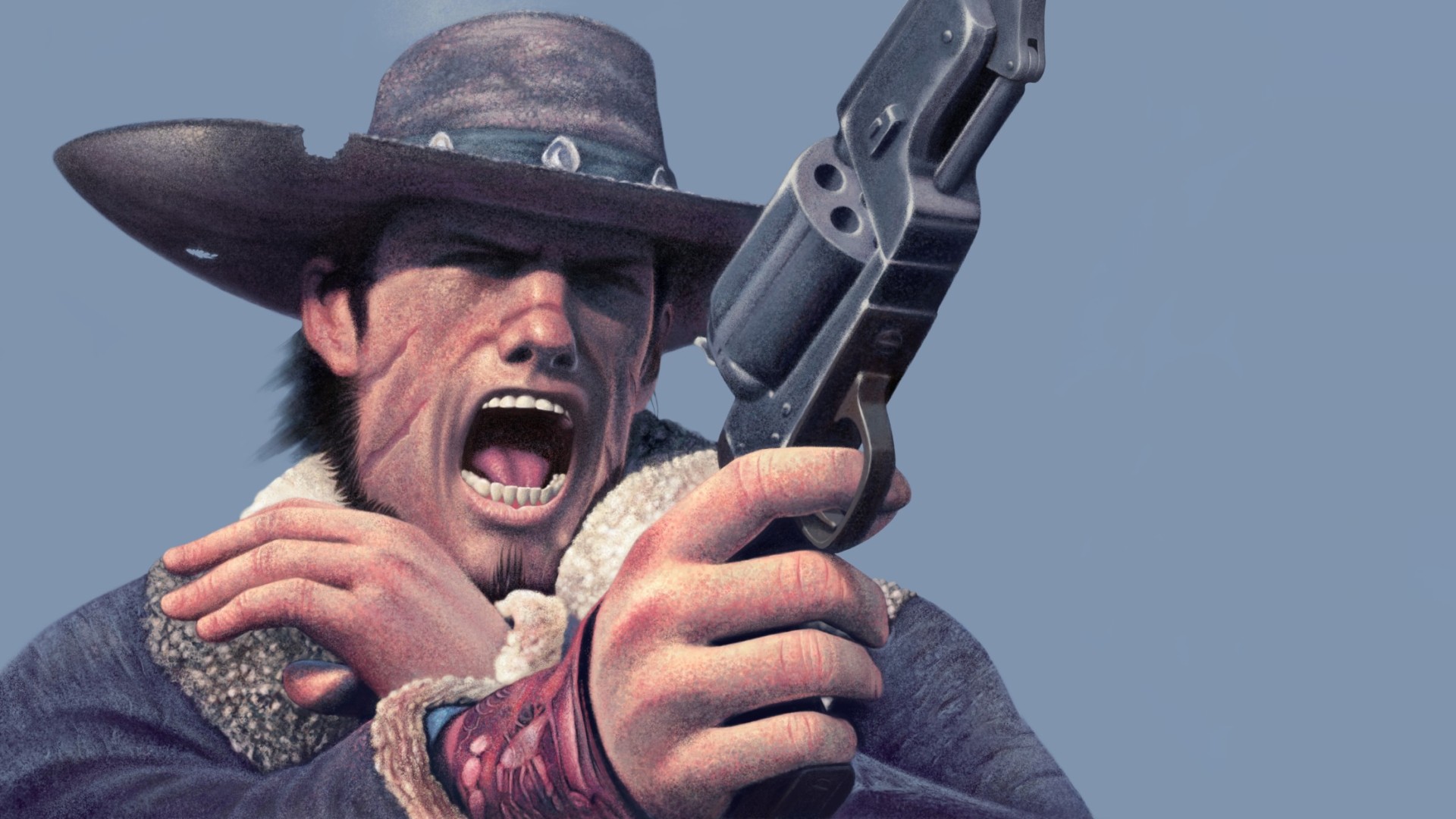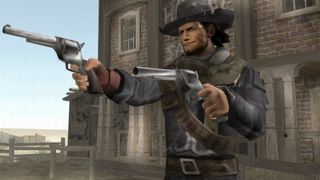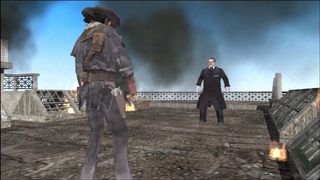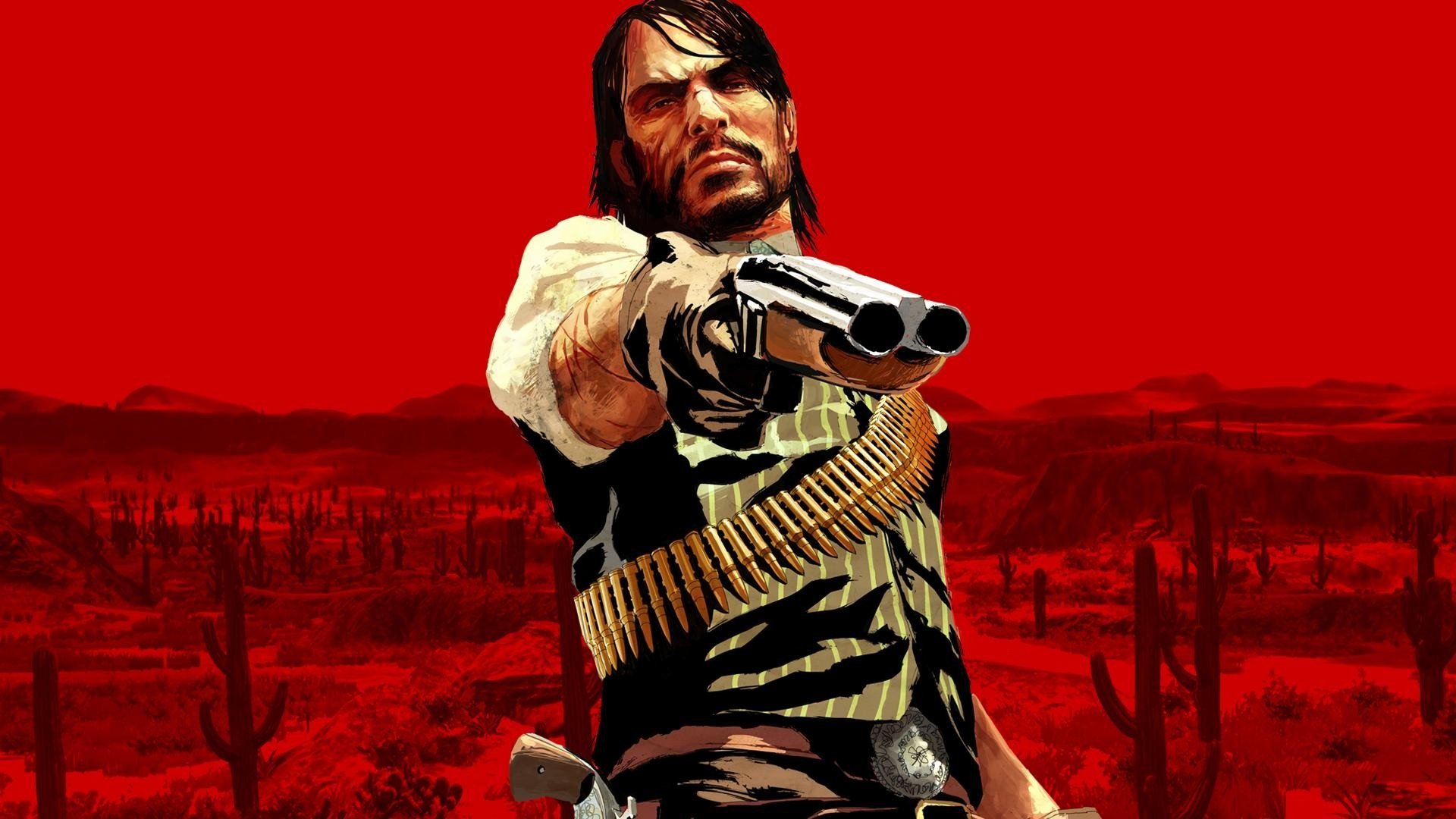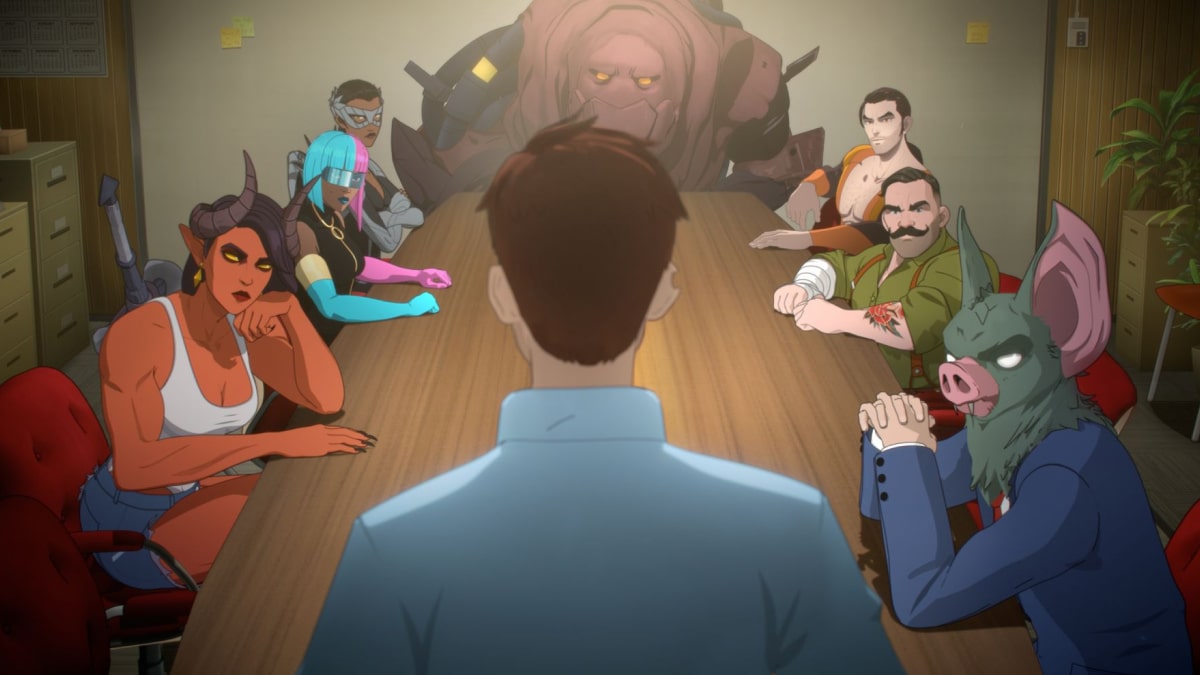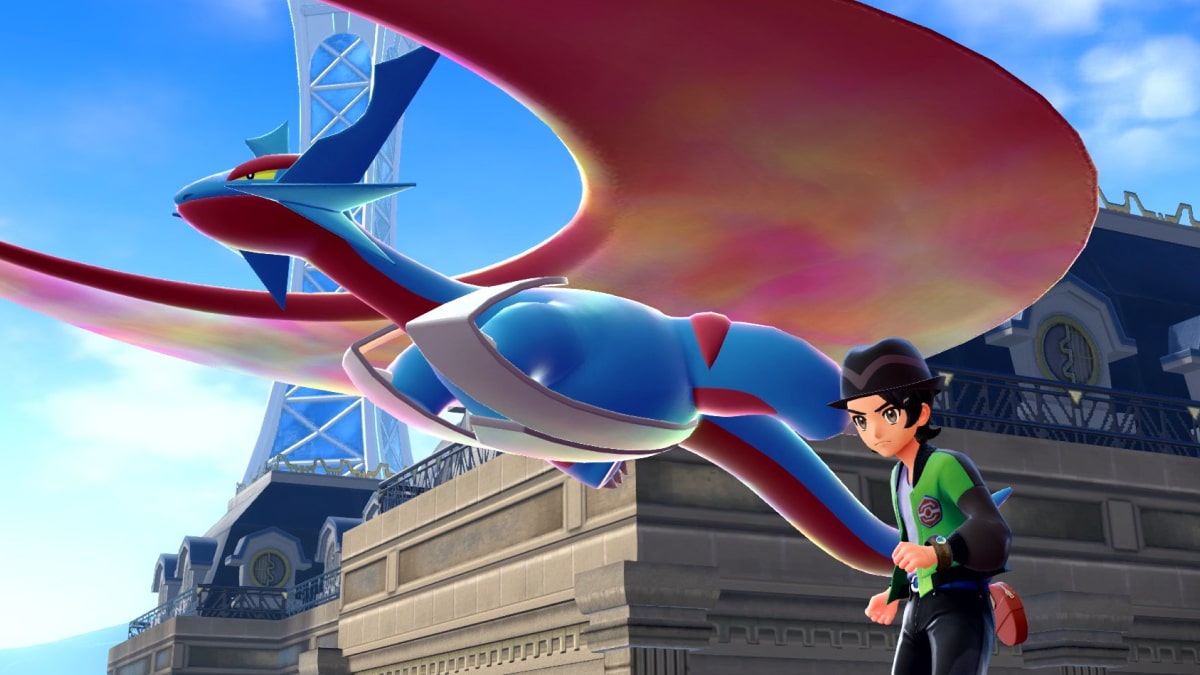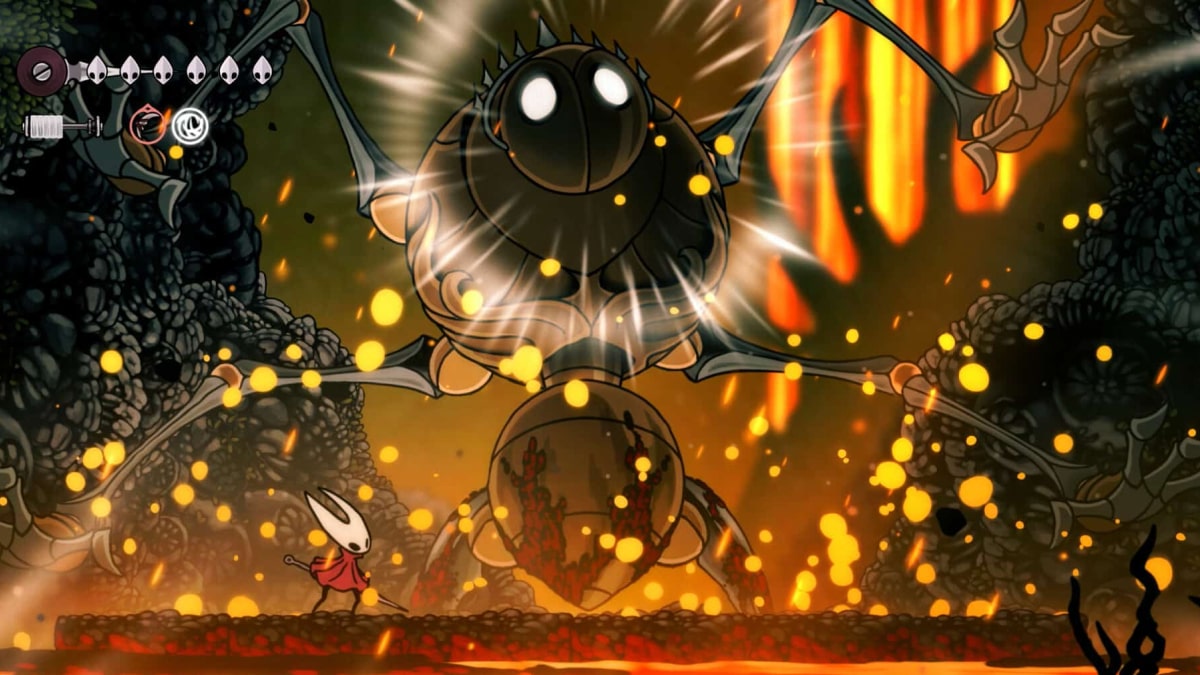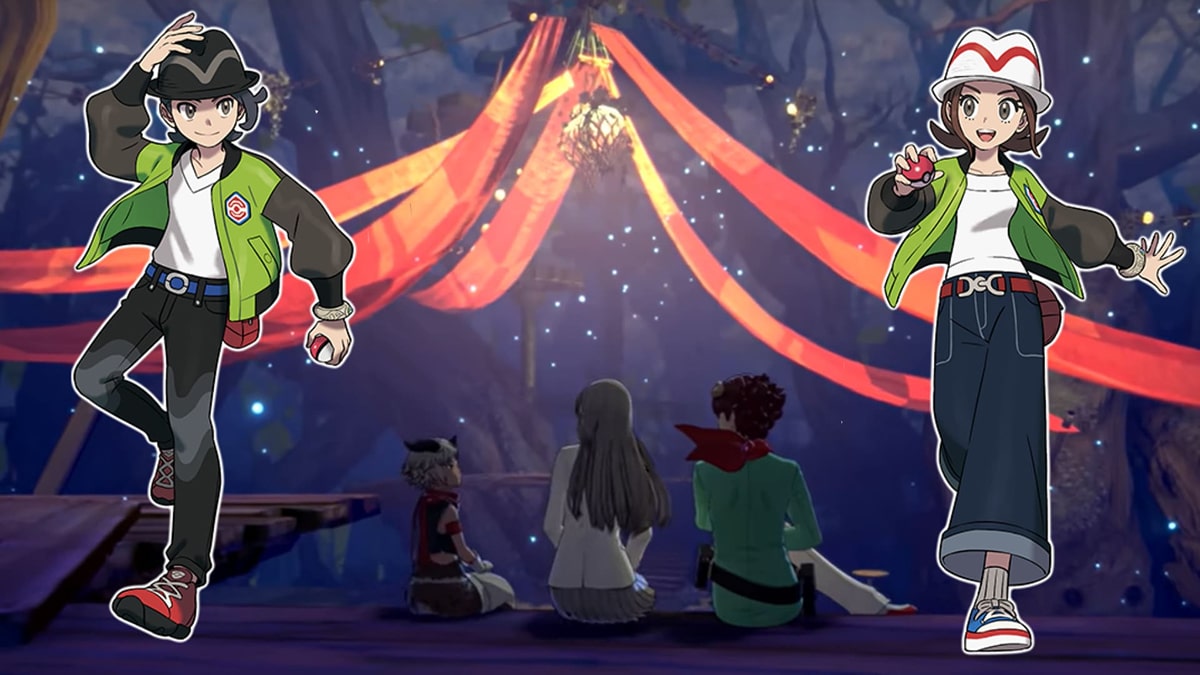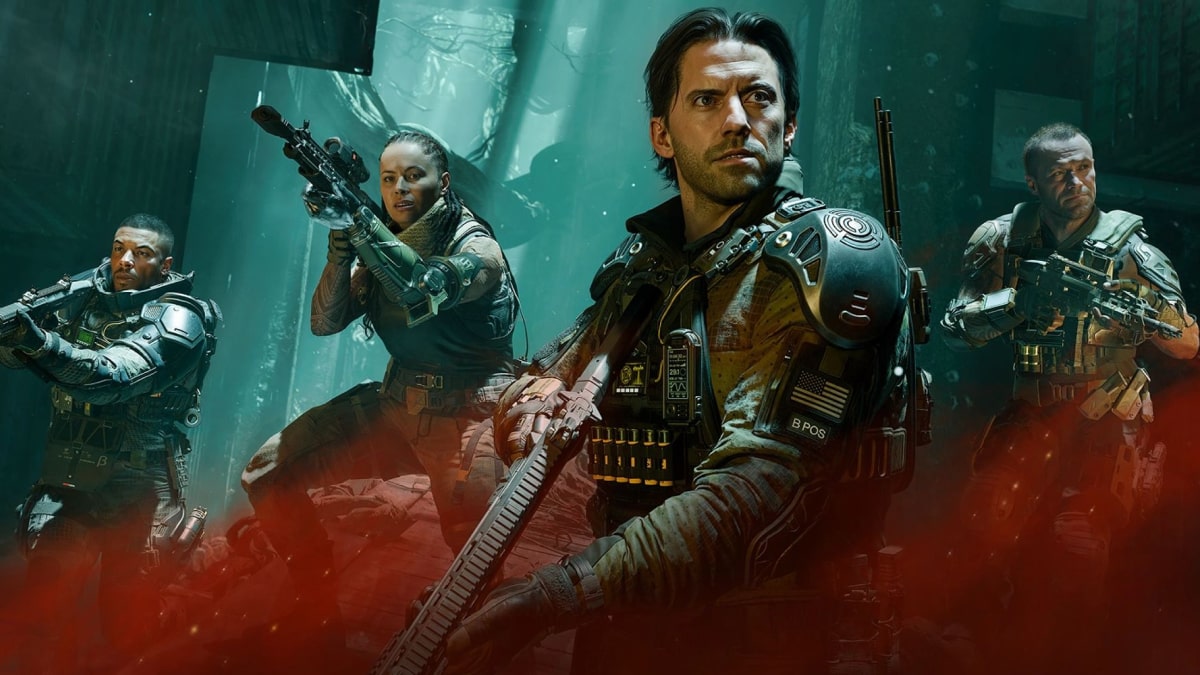You can trust VideoGamer. Our team of gaming experts spend hours testing and reviewing the latest games, to ensure you're reading the most comprehensive guide possible. Rest assured, all imagery and advice is unique and original. Check out how we test and review games here
The title character in Red Dead Revolver is Red Harlow, a bounty hunter who prowls the planes of America in the 1880s. When he was a boy, his mother and father were gunned down by bandits at the family farm, in Broken Creek. Thus he walks the lonely road of the gunslinger. None of this, if you’ve ever watched a Western, will come as a surprise; much of Red Dead Revolver is hewn from the movies and stitched into a patchwork of cliché. The surprise is in the title, which I always assumed was carefully chopped from the same timbre as The Good, the Bad and the Ugly – a name in which each noun hits like a bullet – and that it didn’t mean much. But no: he is Red, his father is Dead, and the Revolver is bequeathed to the boy, along with the burden of vengeance.
Indeed, there seems much of bequeathing and of burdens about Red Dead Revolver. The game’s development is a strange tale. Back in 2000, Angel Studios had begun work on the game under the aegis of Capcom. Angel had forged a reputation for CGI in the early ‘90s, and the studio’s work on The Lawnmower Man – in which a sex scene takes place in virtual reality and looks as if the T-1000 had eloped with Morph to the gluey confines of cyberspace – earned it a reputation as a talented special effects mercenary. The company’s early work in video games involved a masterful port of Resident Evil 2, which saw the contents of a CD peeled back and pared down to fit onto a Nintendo 64 cartridge – a job that seems akin to cramming a football team into a phone box.
Capcom hired Angel to make a spiritual successor to its scrolling arcade shooter Gun.Smoke, a hectic hit from 1985. But a clash of creative perspectives saw the game – which was codenamed S.W.A.T. (Spaghetti Western Action Team, dismayingly) – flounder in development, with Capcom cancelling the project in its later stages. After Angel Studios was bought and rechristened Rockstar San Diego, Rockstar’s founders, Sam and Dan Houser, like a pair of gold prospectors, saw in the game a glint of half-buried promise. Rockstar’s UK PR manager, Hamish Brown, described the game’s shift from Capcom to Rockstar in an interview with the BBC, in 2004. ‘The Capcom game was uber-arcade,’ he said. ‘It even had a character who could fly. We kept its arcade roots but gave it a more realistic backdrop.’
Perhaps we could suppose, then, that the character of Pig Josh – a bald brute, with a belly the size of a drum, who straps dynamite round his waist and head – was conceived while Capcom held sway. The game may not have ended up with any flying characters but I’m sure if you lit Pig Josh’s many fuses he could fill the role. Elsewhere, there are characters like Sam, who scowls behind a great grey thicket of beard like a Looney Tunes villain. There’s ‘Ugly’ Chris Bailey, who looks like a bloated Bluto, from Popeye, with one eye popped. Combine these caricatures with the pressurised fountains of blood that erupt from every bullet wound, and Red Dead Revolver feels like seeing a saturday morning cartoon through the crazed lens of Quentin Tarantino.
Yet these wayward character designs without precedent at Rockstar. Playing Red Dead Revolver these last few days, I was reminded of the screwball character art that filled those early Grand Theft Auto instruction booklets. I would recommend revisiting the game now (today marks the 15-year anniversary of its American release, and there’s an excellent uprendered version available on the PS4), if for no other reason than to line up its look with the sequels, Red Dead Redemption and Red Dead Redemption II. The shift in art towards the newer style – which has the true grit of sandpaper – signals a gallop toward the serious. It’s like comparing a lurid Sergio Leone to a late Clint Eastwood, a Spaghetti Western, like A Fistful of Dollars, with a revisionist one, like Unforgiven.
There are other reasons to play Red Dead Revolver, of course: how about early cover shooting? It’s the first Rockstar game to have it – the next one would be Grand Theft Auto IV, four years later – and it works! In 2004, before Gears of War and Uncharted, Red Dead Revolver had a cover-shooting system that felt good to play – a marked step up from the early efforts of Kill Switch and The Getaway, both of which seem hobbled in comparison. It peppers Red Dead Revolver’s levels with mechanical usage, and it invests a paper-flat carnival shooting gallery with the sort of toing and froing you would find in a classic Western shootout.
And if your imagination should fail to fill in the blanks and transport you to a Western of your choosing, you’ll be assisted with sound and sizzling colour. The cutscenes are fried with a grain effect, and the music is pulled from masters like Ennio Morricone and Nino Rota (Umor Giallo and L’Uccello Magico both simmer on the soundtrack); more than any other Rockstar game, you find Red Dead Revolver’s pop-culture cachet relies on the quick and the dirty – why bother with the flattery of imitation when you can lift a licence wholesale and file it away under ‘homage?’
Then there’s Deadeye – that glorious flood of slow motion wherein time turns to treacle and your foes are draped in red crosshairs like Christmas lights. It’s as satisfying and fresh here as it would be 14 years later, in Red Dead Redemption II. Inevitably, as I chew through waves of villains, I’m reminded of those sequels; the journey from one game to the next is the greatest measure of Rockstar’s evolution. In a Q&A with fans on Red Dead Redemption, the studio spoke of the need for an open world being ‘decided while finishing Red Dead Revolver,’ and that it ‘was the only way to do this subject matter justice.’ Perhaps that’s the redemption – not John Marston’s – that the title refers to. Only, to my eyes, the redeeming of a missed opportunity came years before.
Red Dead Redemption
- Platform(s): PlayStation 3, Xbox 360, Xbox One
- Genre(s): Action, Shooter
